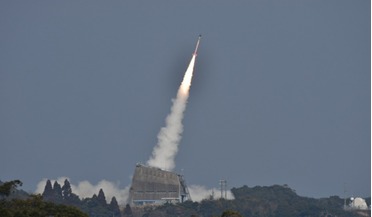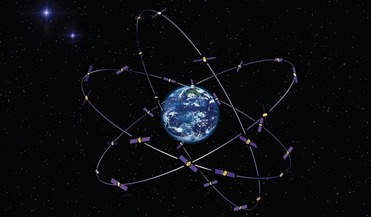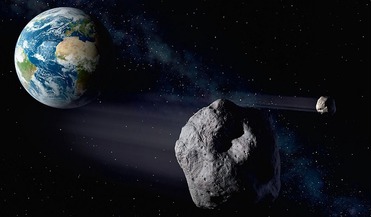 28 July 2021
Japan successfully tests rocket engine propelled by shock waves
28 July 2021
Japan successfully tests rocket engine propelled by shock waves
... of rocket engine technology that safely and efficiently converts shock waves (explosive waves) generated when a mixed gas of fuel and oxygen reacts explosively into thrust,” JAXA said, according to Parabolic Arc. Currently in development with...
 July 2014
The hypersonic grail: advances at DARPA, AFRL and beyond
July 2014
The hypersonic grail: advances at DARPA, AFRL and beyond
... energy to the vehicle (which increases with the square of velocity) that can be used to replace or supplement the explosive power of a warhead carried by the missile. The same technologies that enable hypersonic air-breathing missiles and...
 July 2014
Achilles’ heel
July 2014
Achilles’ heel
... service, piracy, jamming, spoofing, lasers); • military threats (e.g. anti-satellite weapons (ASAT), high-altitude nuclear explosion); • cyber attack; • space debris/space debris removal programmes; • signal intercept; • supply chain compromise. The...
 December 2014
Finding NEO
December 2014
Finding NEO
... change in the future. A collision with an object of one-kilometre diameter or more would release energy comparable to the explosion of all the world’s nuclear weapons and have catastrophic consequences for life on Earth. Such collisions happen...
 March 2015
Satellite technology in newsgathering and disaster coverage
March 2015
Satellite technology in newsgathering and disaster coverage
...satellite expanded and became more accessible. Smaller electronics, the advent of additional frequency ranges, and an explosion in audience expectations drove news organisations to invest in their own satellite ground infrastructure. Mobile news vans...
 October 2015
Space debris, Kessler Syndrome, and the unreasonable expectation of certainty
October 2015
Space debris, Kessler Syndrome, and the unreasonable expectation of certainty
... are not certain, and never will be. There have been a number of key fragmentation events, either from explosions or collisions, that have significantly increased the space debris problem. So, we are left with technologies that can...